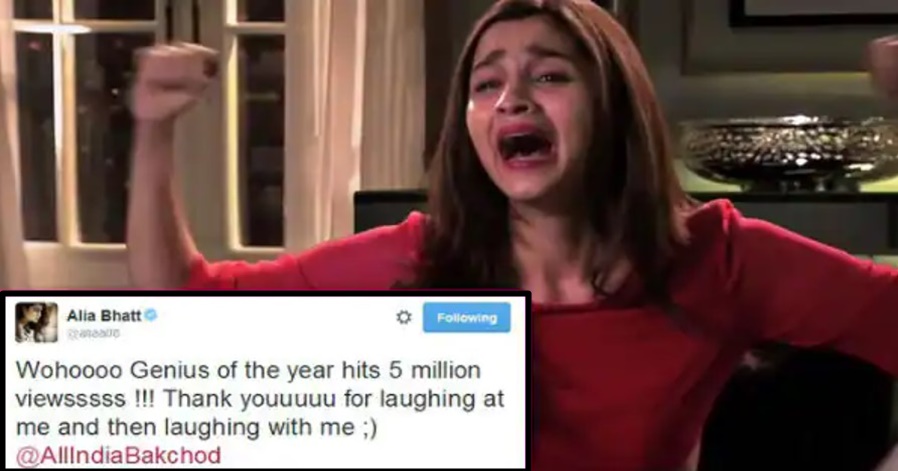No products in the cart.
Beautiful Darjeeling is burning: know here whole details from beginning to end
One of the country’s most popular hill stations, the one whose history has an intimate relationship with the history of Sikkim, Nepal, Bhutan and the East India Company (EIC) (thereby with Britain), one with an excellent and enchanting climate perfect for tea-cultivation is going through its hard times since the past few days.

The place is none other than the “Queen of the Hills”, Darjeeling. Its history can be traced down to the times when EIC was on its mission to invade India. It was not until 1765 that the name of this place was modified from Dorje-Ling, which means thunderbolt and Shivling, a Hindu deity, respectively, to Darjeeling.
It was originally a part of the Sikkim kingdom, which after India’s Independence, came to be recognized as one of the major districts of the West Bengal state.
Its rich and varied tea cultivating credits go to Dr.Arthur Campbell, a member of IMS, who grew tea seeds just on an experimental basis. It later turned out to be one of the most preferred places in India for the same.
Darjeeling, with its perfectly settled and beautiful climate always managed to be on every tourist’s must-visit checklist. But such an atmosphere of calm and peace was shattered into pieces when the major hill party, Gorkha Janmukti Morcha, protested with hundreds of people marching down the lanes, demanding for a separate Gorkhaland state.
People started the full-fledged protests only with the suspicion of Mamata’s words of making Bengali as a compulsory subject for the students, coming true. It was beyond anyone’s imagination that these protests would turn out to be so intense that they ordered for the closure of all the govt offices in the hills.
In spite of all the required measures taken against the protests, the ‘indefinite agitation’ escalated when the son of a Morcha MLA was arrested and two of its supporters were killed in Singmari.
However, reacting to this claim, ADGP Anuj Sharma, blamed the protesters for opening the fire. ADGP also told the media that as many as 35 police personnel were injured and most of the govt property was ransacked. Mamata, however, spoke against the protesters and said that this vandalism was done just to protect themselves.
The party activists also demanded a judicial probe into the death of their supporters. The leaders also questioned the govt if it assumed the protesters to be India’s enemies, after taking in their bodies, the bullets from the police guns.
Such violent clashes later resulted in the pelting of stones and the hurling of petrol bombs at the police.These incidents seem to mark the semblance of the situation to normal, very difficult.
This eye-to-eye confrontation of the GJM leaders with the government spells fresh troubles for the hills whose survival depends solely on tourism and tea.











